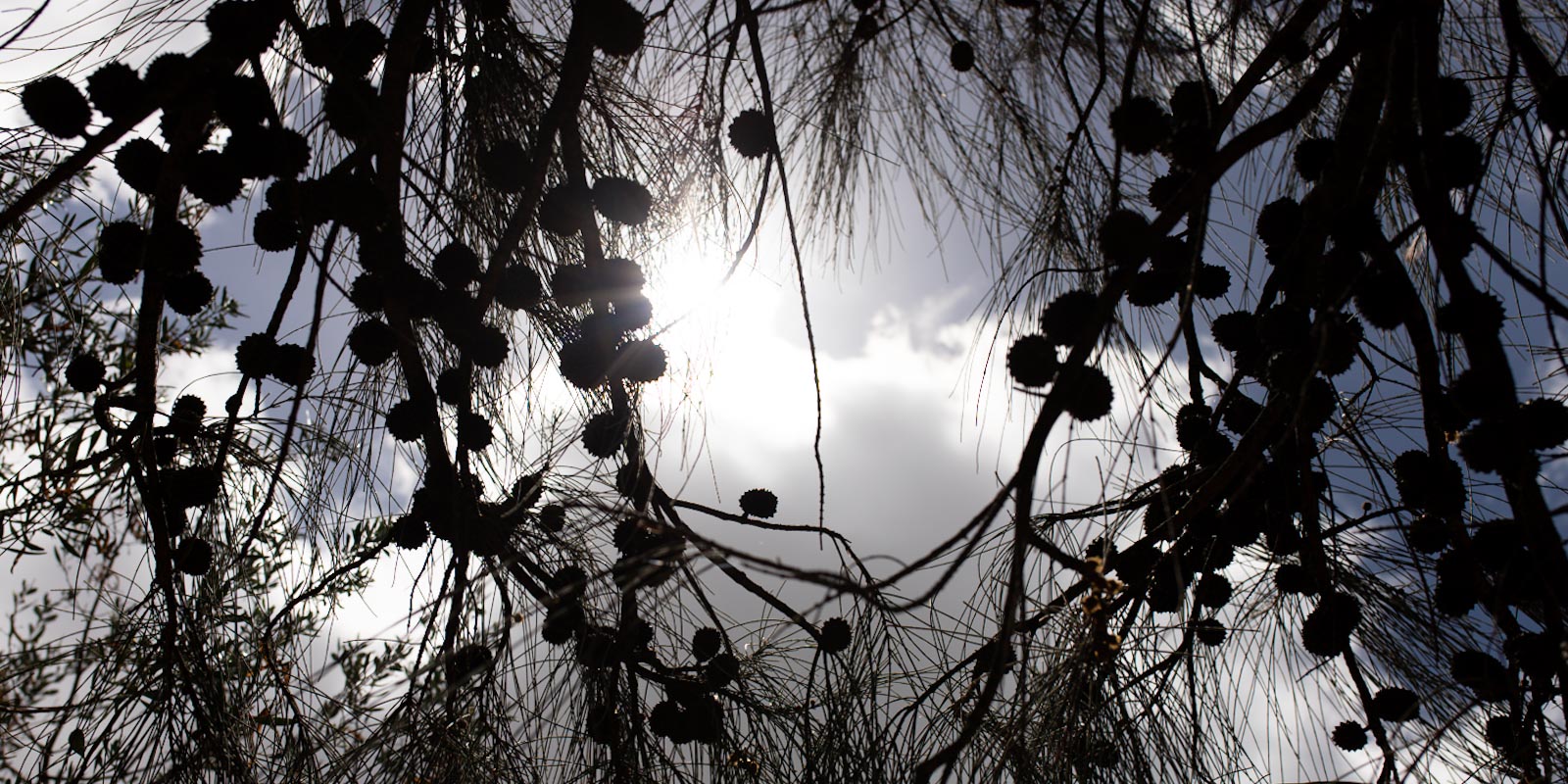
Children can become interested in seeds if they see them in their natural environment. Seeds can blow in the wind like magical fairies, and seed pods can grow prominently on plants. Children also see seeds when they eat fruit.
The Early Years Learning Framework (EYLF) supports children connecting with natural materials (4.4), like seeds and seed pods. Experiences like gardening and playing with seeds teach respect for the environment (2.4).
Seed pods as loose parts can have incredible patterns and shapes that provoke curiosity, imagination, creativity (4.1), problem solving, inquiry, experimentation, hypothesising, researching and investigating (4.2).
Learning experiences
Examine and compare
Provide children with a variety of seeds of different colours, shapes and sizes. Discuss what each seed looks like. Which is your favourite seed? Which plant do you think it comes from? Do bigger seeds come from bigger plants?
Create art
Chelsea Baker is a contemporary visual artist from Toowoomba in Queensland. She creates magnificent works using native Australian seed pods that highlight their organic shapes and textures.
View her artworks with your children. Use them as inspiration for your own artworks. Can you paint seed pods, make prints from them, or draw them?
Count seeds
Children can learn the concept of counting through seeds. Can you put three seeds into the container? How many seeds fit into this pod?
Use tweezers
Provide tweezers and tongs for children to use with seeds and seed pods. You could create a table for sorting seeds or add them to a sensory bin. This type of manipulation teaches children about the purpose of tools while strengthening their hand muscles.
Eat seeds
Some seeds are edible and can be purchased from a grocery store, like sunflower seeds, chia seeds, linseeds and pumpkin seeds. Offer them to your children or use them in a cooking experience, like healthy seed crackers on Taste.
Family and community connections
Start a seed bank
A seed bank is a collection of seeds, which can have a variety of purposes. The seeds are often stored in paper envelopes with their names written on them. The envelopes can sit in a box or basket, like a filing system.
Start a seed bank with your children so families and community members can share seeds with each other. Buying seeds can be expensive and seed banks often contain unique seeds.
The children can save seeds themselves and ask for donations from local plant groups. Try to obtain seeds that are indigenous to your local area. If you have connections with your local Aboriginal community, ask them to share cultural stories and knowledge about seeds.
